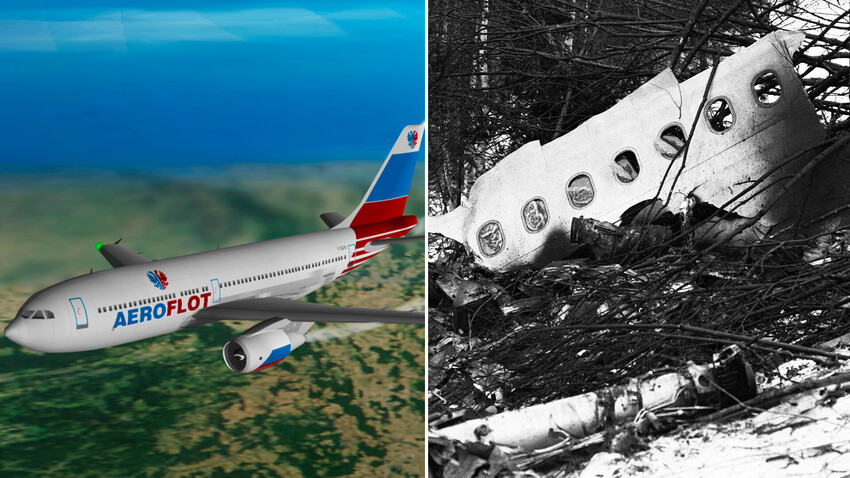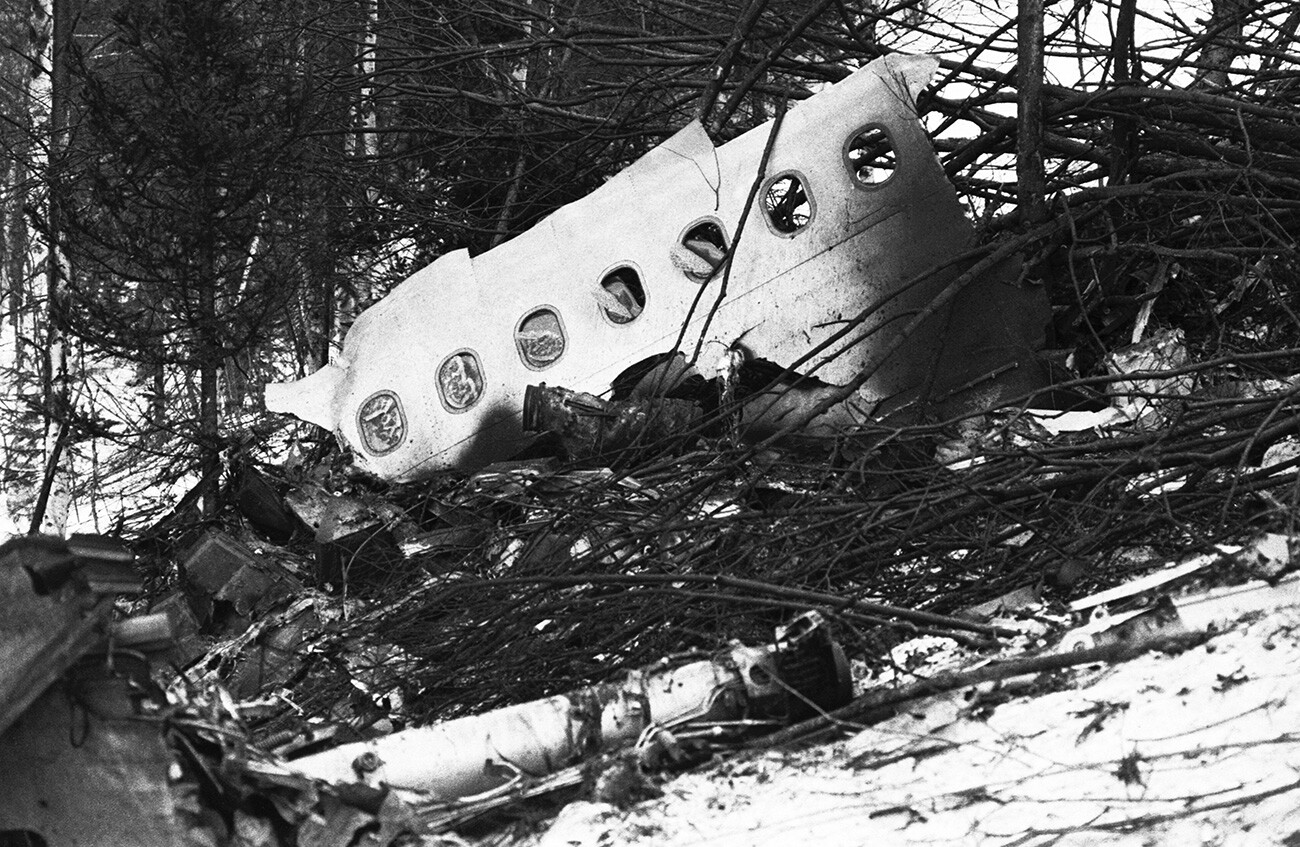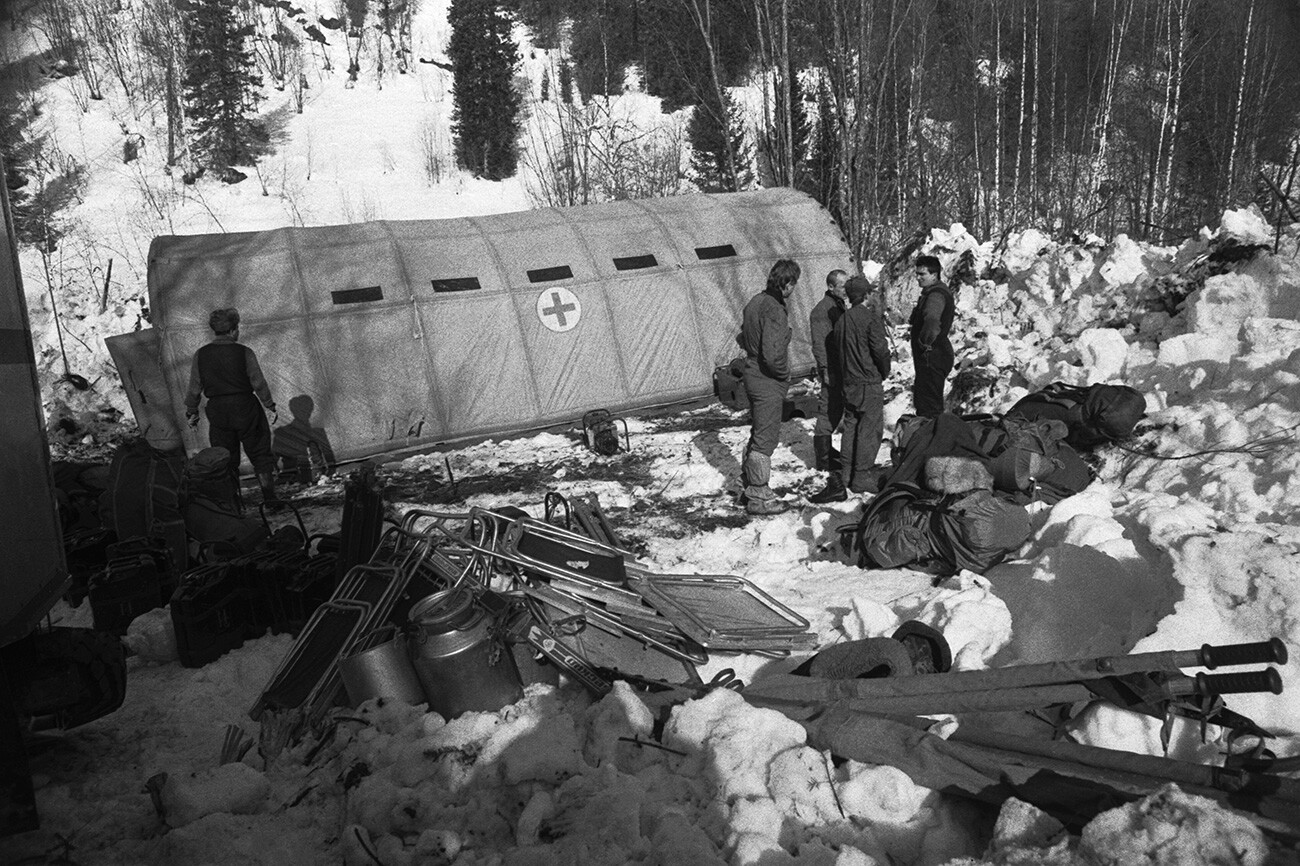

Everything was going as usual. Russian Airlines Flight SU593, which bore the name of composer Mikhail Glinka and was part of Aeroflot, departed from the Moscow's Sheremetyevo airport: The captain was Andrey Danilov, first officer was Igor Piskaryov, while the relief captain was Yaroslav Kudrinsky. A total of nine flight attendants were also on board the plane, as well as passengers fromRussia, China, Hong Kong, Taiwan, India, the United States and Great Britain. Among the passengers were also the children of the relief captain.
The flight initially went without surprises. A few hours later, when the plane was already in the vicinity of Novokuznetsk, the children were let into the cabin. Yana, 13, and Eldar, 15, each took the commander's seat: the girl answered her father's question on whether she would pilot the airplane with a refusal. Looking out of the window at the city lights, she hurried to leave the cockpit. Her older brother, meanwhile, put a little more effort into the steering wheel. Because of this, unnoticed by the crew, the autopilot switched off. There was no audible signal of a malfunction with the A310. It was only a short time before Eldar noticed that the airplane had begun tilting strongly to the right. Unaware that the aircraft was failing, the pilots could not understand why it was seemingly trying to land.
The first officer tried to save the situation, commanding Kudrinsky and Eldar, who remained at the helm, trying to obey their orders. Due to severe overload, the boy could not get out of the pilot’s seat and give the seat to one of the pilots immediately. Everything happened instantly: the airplane rapidly lost altitude and was falling. But, when the fall was stopped, the pilots could not figure out where they were quickly enough.
“Turn left! Turn left! Right! Left! Left! Earth here! Eldar, come out! Get out, Eldar! Come out! Come out! Come out! Come out! Come out! Come out! Full gas!” These were almost the last words of the crew left in the black box recorders that were retrieved after the crash.
Flight SU593 crashed into the tops of trees growing on the hillside in the foothills of Novokuznetsky Alatau and went down. The airplane was completely destroyed and the fire that started to burn finished the job. The passengers and crew all perished.

Something wrong was suspected at once: after passing Novokuznetsk, the crew was no longer incommunication. Night traffic police saw a burning airplane flying over the city. And, a little later, in the colony-settlement of Maly Maysas, people noticed a flash in the sky and decided to move in its direction.
The area was not the most accessible: forests and swampy terrain; besides, it was still winter in Western Siberia - the average temperature at that time was -20 degrees Celsius.

Rescuers arrived at the crash point only by six in the morning. What they saw hit them to the core: the mangled charred remains of the airplane were seized by the crust into which the snow soaked with aviation fuel had turned, there were tree fragments everywhere, fragments of bodies and things scattered. Pieces of the airplane continued to burn for another four days.

Records from the black boxes were decoded in France, which allowed to restore the chronology of the tragic events and understand how such a thing could happen to one of the safest airplanes. Investigation of the causes of the disaster took a year: there was a fatal confluence of circumstances. Children who were not only allowed into the cockpit, but also allowed to sit in the captain’s seat;incorrect and uncoordinated subsequent actions of the pilots; inattention, because of which no one noticed the warning light signal about the shutdown of the autopilot; unpreparedness of the crew to work in extreme situations. Modeling of the emergency situation showed that if the pilots had not intervened and switched the autopilot back on, it could have returned the aircraft to its normal flightpath and speed.
Thirty years have passed since the crash. A warning has since appeared in the A310 documents that the autopilot could shut down under certain circumstances. Since then, Aeroflot has not assigned the name of Mikhail Glinka to any other of its airplanes.
Dear readers,
Our website and social media accounts are under threat of being restricted or banned, due to the current circumstances. So, to keep up with our latest content, simply do the following:
If using any of Russia Beyond's content, partly or in full, always provide an active hyperlink to the original material.
Subscribe
to our newsletter!
Get the week's best stories straight to your inbox